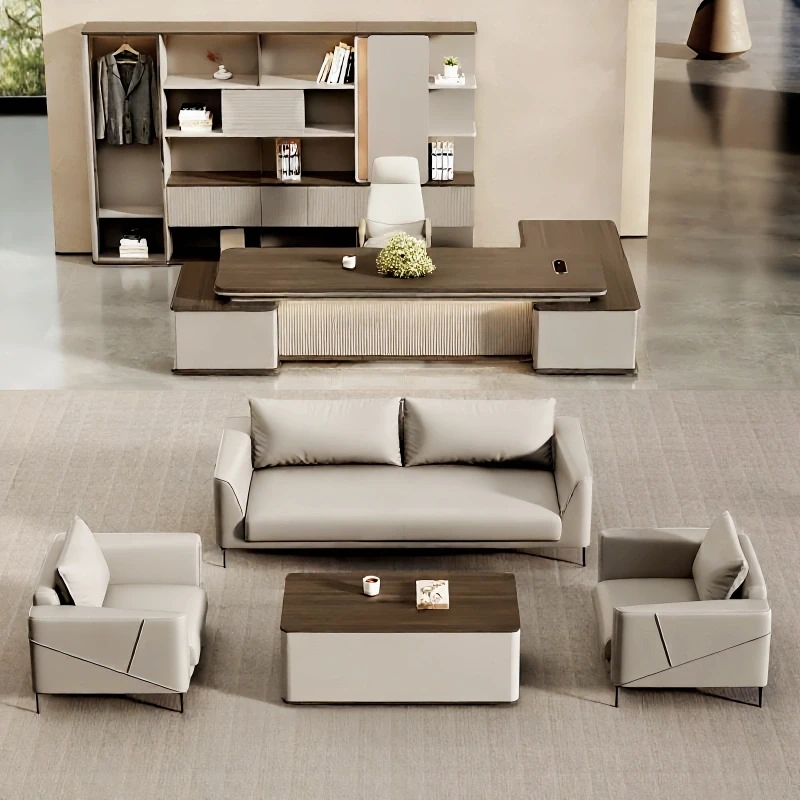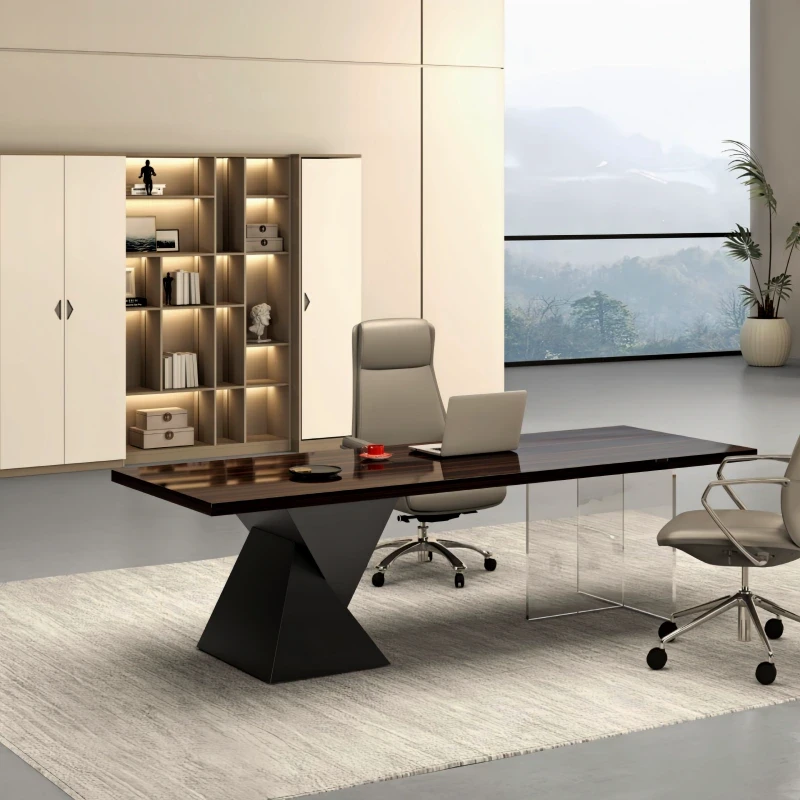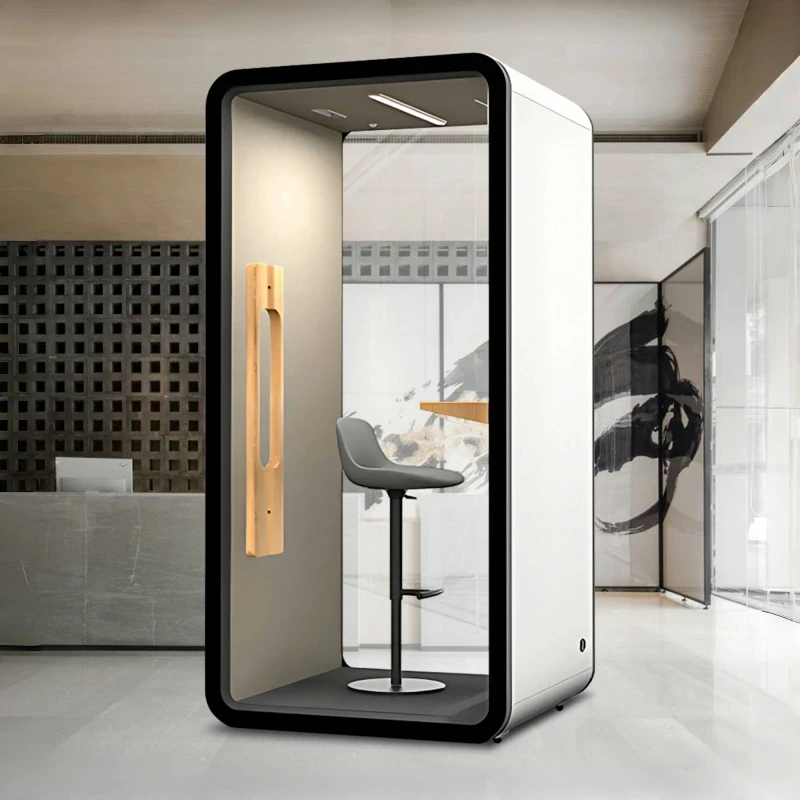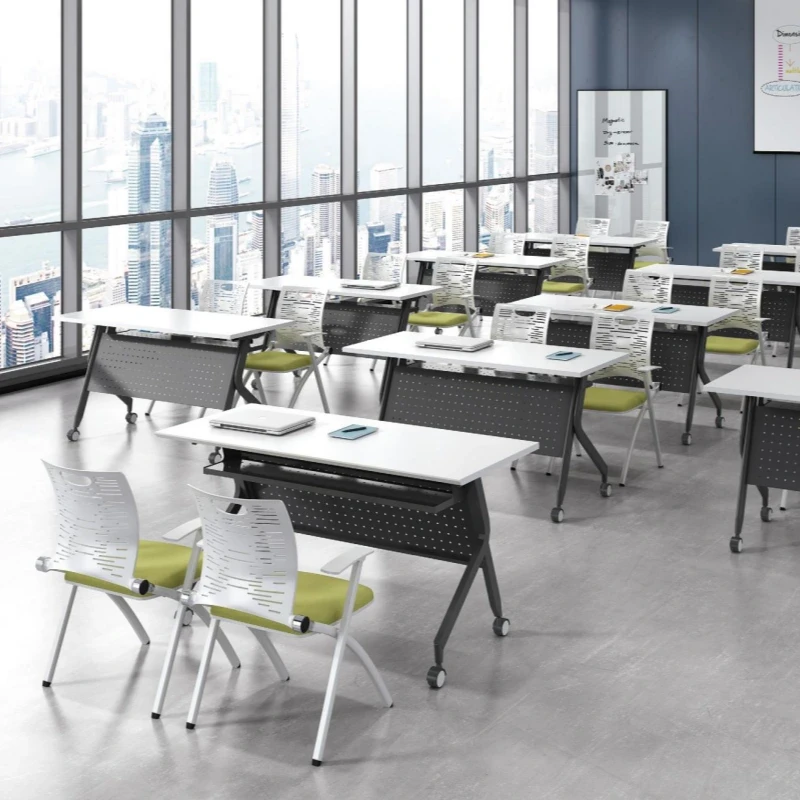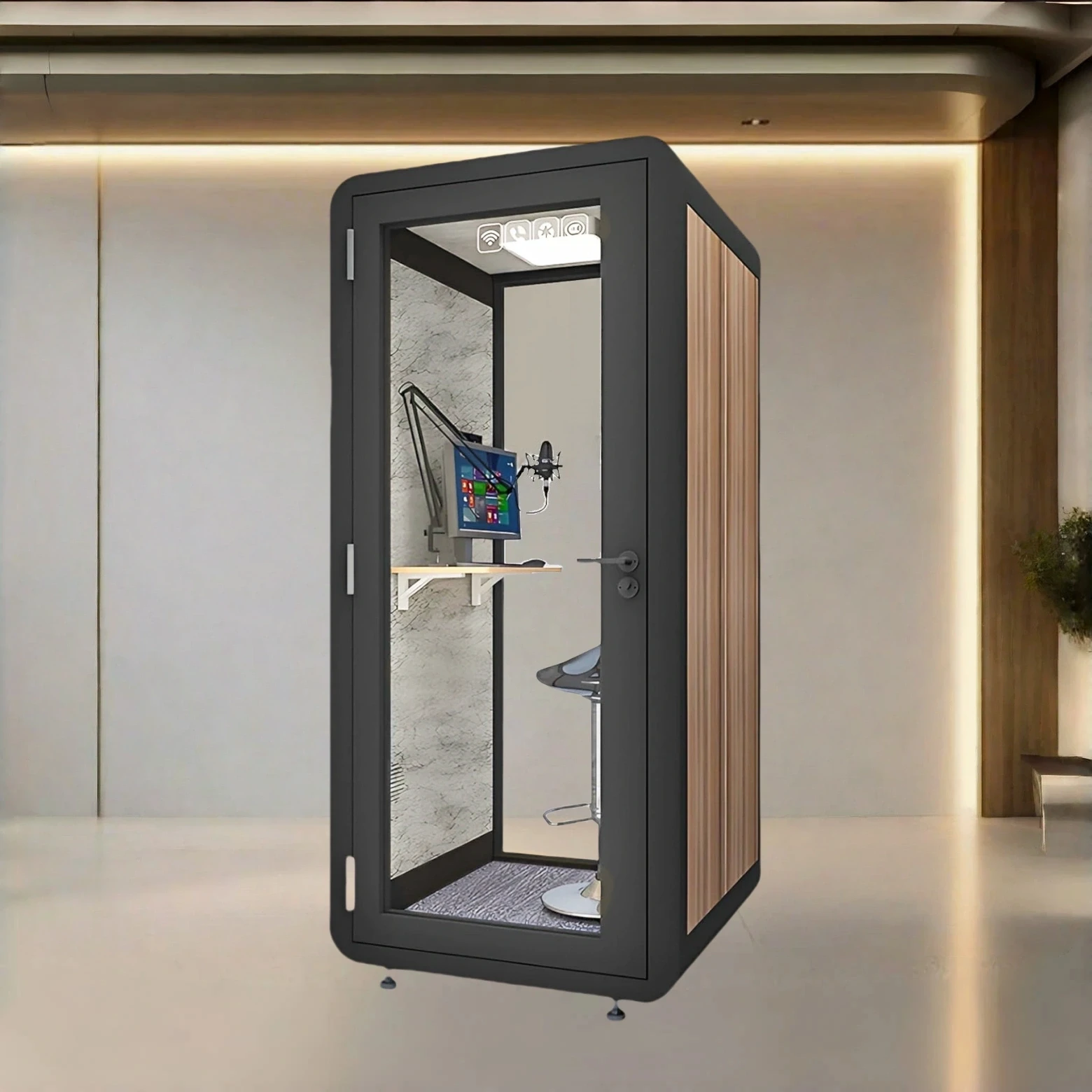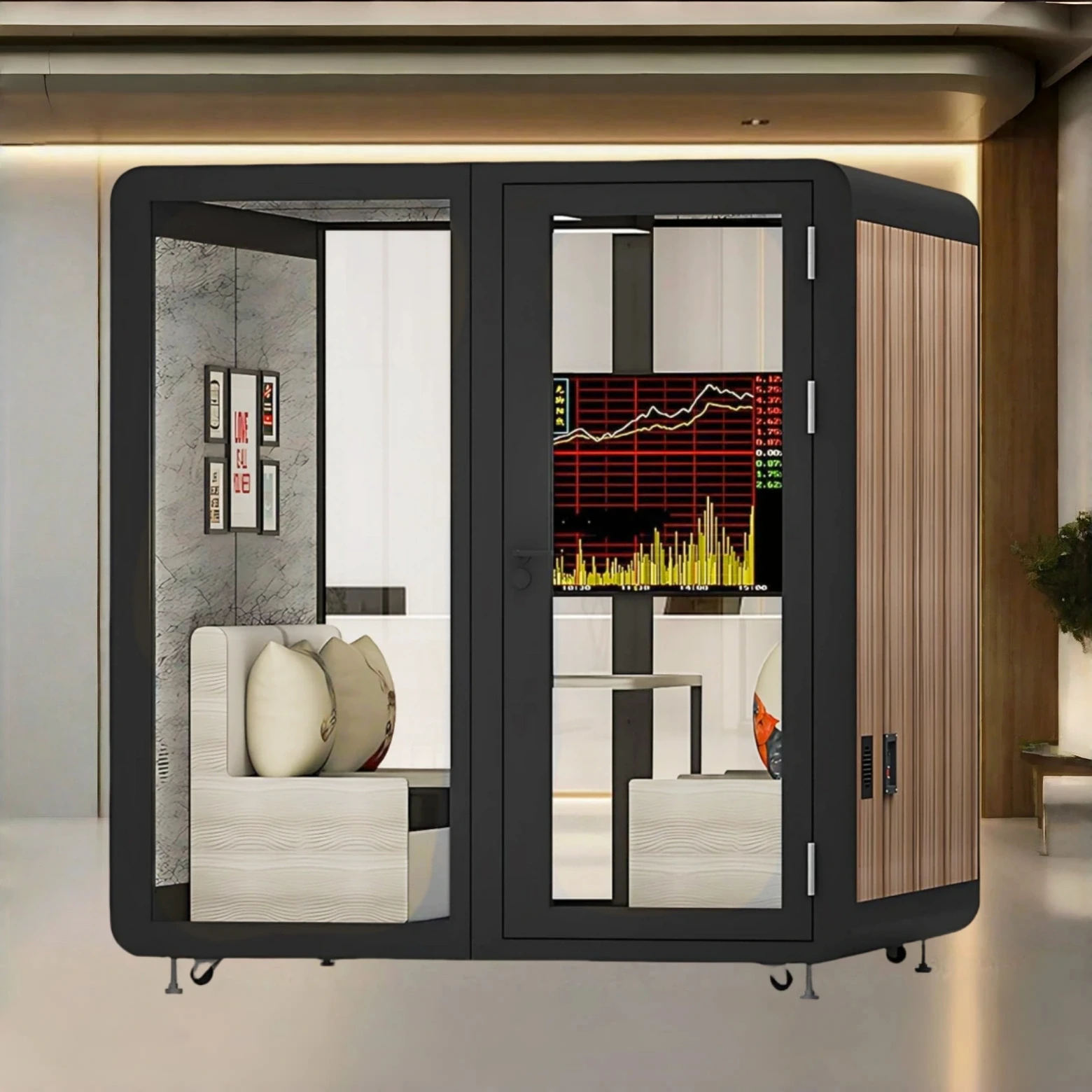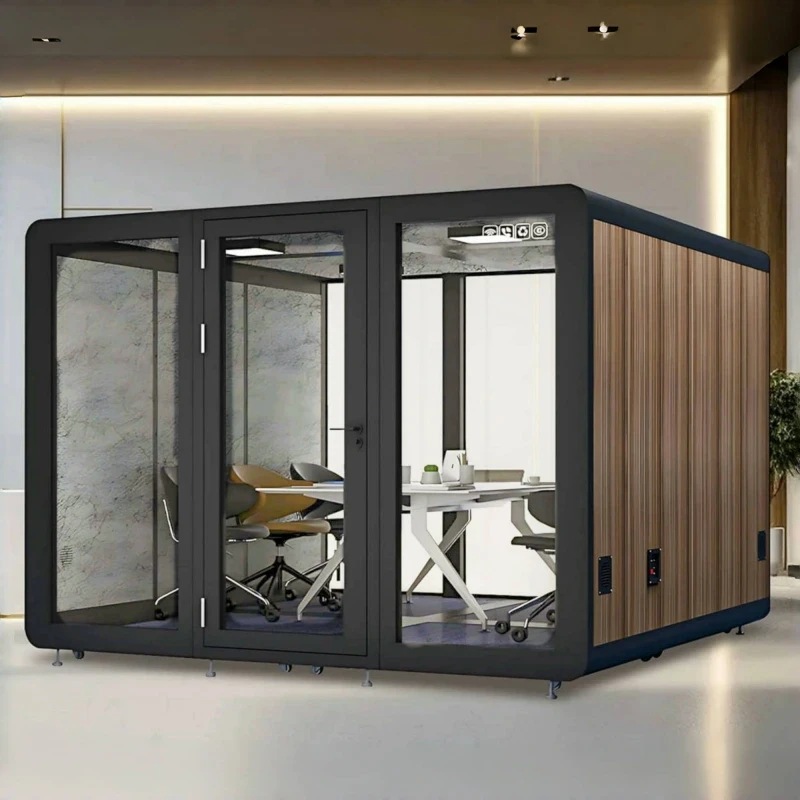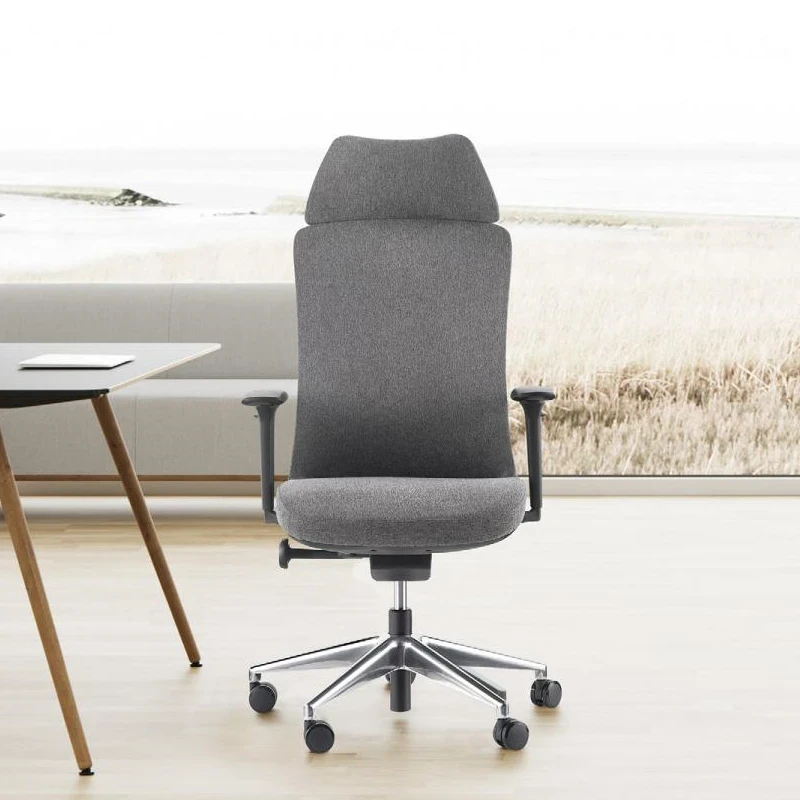The layout of supermarket checkout counters directly impacts customer checkout efficiency, space utilization, and the shopping experience. The following are common checkout counter layout types and their characteristics, suitable for supermarkets of different sizes and needs:
1. Linear Layout (Single or Double Row)
Features: Checkout counters are arranged in a straight line along the exit area, forming single or double queues.
Suitable for: Small and medium-sized supermarkets, convenience stores.
Advantages:
Simple structure, space-saving.
Clear customer flow, centralized exit.
Disadvantages:
Long queues can occur during peak hours.
Lack of flexibility, making dynamic adjustments difficult.
2. Island Layout (Distributed)
Features: Checkout counters are distributed across multiple "islands" in the exit area, creating multi-lane checkout.
Suitable for: Large supermarkets, warehouse-style stores (such as Costco).
Advantages:
Distributes customer flow, reducing the pressure on individual queues.
A hybrid layout combining self-service and manual checkout can be used.
Disadvantages:
It takes up a lot of space, requiring appropriate aisle width planning.
Customers may hesitate briefly before choosing a checkout counter.
3. Snake Queue (Maze-like Queue)
Features: Customers are guided into a single, serpentine queue using a barrier, and are then assigned to an available checkout counter in sequence.
Suitable for: Supermarkets with high customer traffic and limited space (such as airport stores).
Advantages:
Ensures fair queuing, reducing customer anxiety caused by choosing the wrong queue.
Increases checkout counter utilization.
Disadvantages:
Requires additional space for barrier barriers.
Customers are more aware of waiting times (visually long lines).
4. Mixed Tiered Layout
Features:
Main Checkout Area: Concentrates on regular items.
Auxiliary Checkout Points: Small checkout counters are located in the fresh food section, large item section, or near the entrance.
Suitable for: Large supermarkets (such as Carrefour and Walmart).
Advantages:
Diverts customers with special needs (e.g., those purchasing only fresh produce).
Reduces cross-zone travel, improving efficiency.
Disadvantages:
Highly complex management, requiring coordination of multiple checkout areas.
5. Multi-Point Distributed Layout
Features: Checkout counters are distributed across different floors or areas, allowing customers to check out at the nearest checkout location.
Applicable Scenarios: Supermarkets within multi-story shopping malls or large complexes.
Advantages:
Reduces the long distances customers must travel with their merchandise.
Distributes the pressure on customers.
Disadvantages:
Increases equipment and labor costs.
Requires unified payment system support.
6. Dynamic and Flexible Layout
Features:
Movable Checkout Counters: Modular design allows for the temporary addition or removal of checkout counters based on peak customer traffic.
Folding Counters: Retract some checkout counters during off-peak hours to free up space.
Applicable Scenarios: Supermarkets with holiday promotions or large fluctuations in customer traffic.
Advantages:
Flexibly respond to changes in customer traffic and optimize space utilization.
Reduces idle costs.
Disadvantages:
Requires advance planning for power, network, and other infrastructure.
7. Centralized Self-Checkout Area
Features: Multiple self-checkout machines are centrally located at the exit, adjacent to traditional checkout counters.
Suitable for: High-tech supermarkets (such as Hema and Yonghui).
Advantages:
Attracts younger customers and reduces waiting times.
Complements traditional checkout.
Disadvantages:
Requires dedicated personnel to assist and guide customers to prevent operational errors.
Theft prevention measures need to be strengthened (e.g., camera surveillance).
8. Express Lane + Member-Only Lane
Features:
Express Lane: Limited to checkout for small quantities of items (e.g., 5-10 items).
Member Lane: Provides priority service for high-value customers.
Suitable for: High-end supermarkets or membership-only stores (such as Sam's Club).
Advantages:
Improves member satisfaction and loyalty.
Optimizes customer tiering.
Disadvantages:
Clear signage is required to prevent casual customers from mistakenly entering and causing disputes.
9. Dedicated Contactless Payment Lanes
Features:
Integrating RFID tags, smart shopping carts, and other technologies, customers can check out directly through the automated checkout area.
Verification channels are installed at the exit to spot-check for unusual orders.
Applicable Scenarios: Supermarkets undergoing intelligent transformation (such as the Amazon Go model).
Advantages:
Ultimate efficiency, virtually no stops required.
Strong technological experience.
Disadvantages:
High initial investment cost and complex technical maintenance.
10. Accessible and Child-Friendly Design
Features:
Low-height checkout counter: Allows wheelchair users and children to access checkout.
Wide aisles: Ample space for strollers.
Applicable Scenarios: Community supermarkets or stores primarily catering to families.
Advantages:
Improves inclusiveness and enhances customer satisfaction.
Complies with accessibility regulations.
Key Factors in Choosing a Layout
1. Customer Volume: Peak hour traffic determines the number of checkout counters and queue design.
2. Space Size: Small supermarkets are suited to a linear layout, while large supermarkets can experiment with island or tiered layouts.
3. Customer Profile: Young customers prefer self-service checkout, while older customers rely on manual service.
4. Technical Capabilities: Smart checkout requires a compatible system support and operations and maintenance team.
Rational checkout layout planning can reduce customer anxiety and operating costs, making it a crucial component in enhancing a supermarket's competitiveness.

 USD
USD
 GBP
GBP
 EUR
EUR
